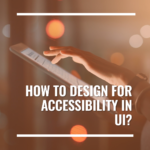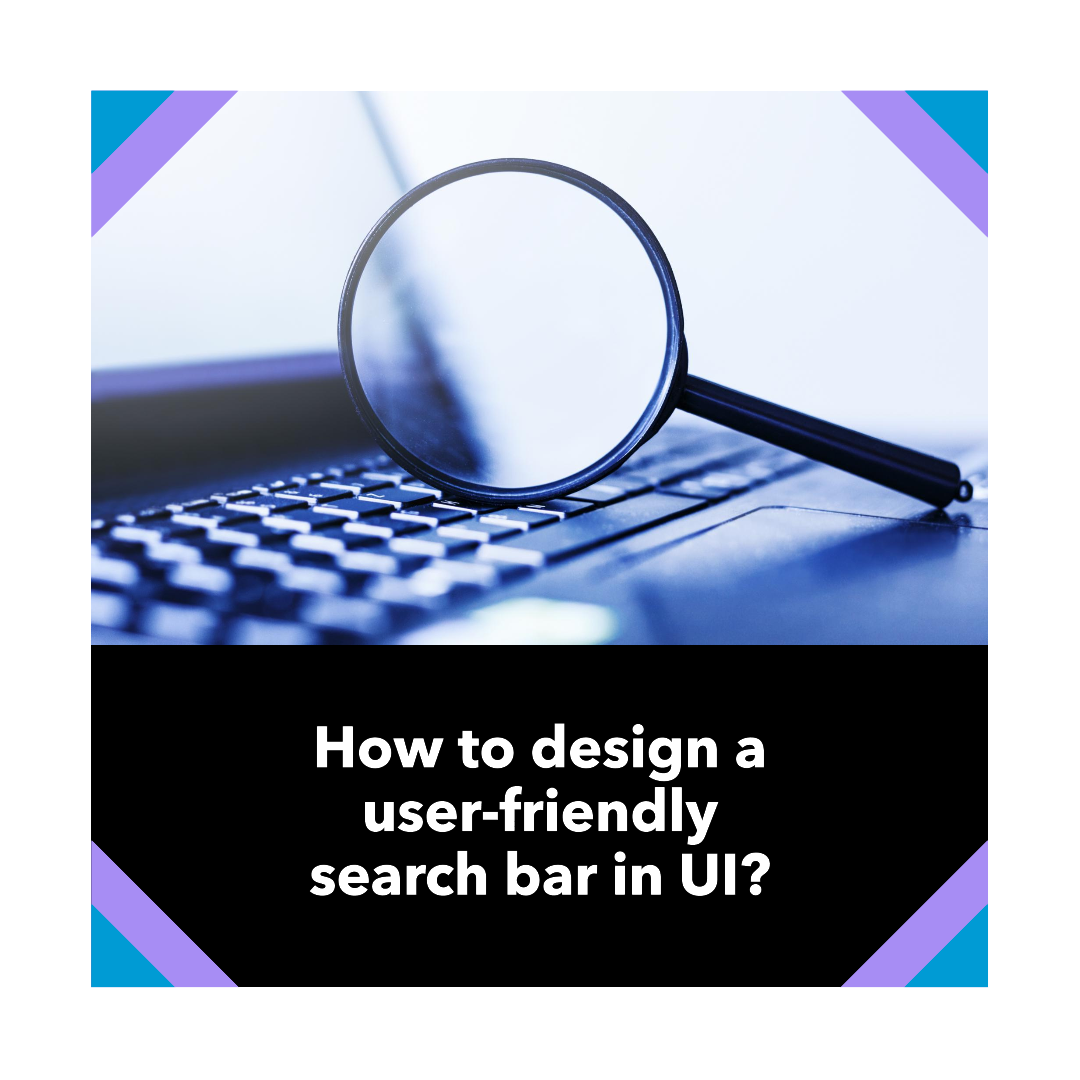How to use color psychology in UI design?
Color is one of the most powerful tools in UI design. It can be used to evoke emotions, influence user behavior, and create a visually appealing and engaging interface.
By understanding the psychology of colors, you can use them strategically to create a positive user experience.
What is color psychology?
Color psychology is the study of how colors affect human behavior and emotions. Colors can evoke a wide range of emotions, from happiness and excitement to sadness and anger. They can also be used to influence user behavior, such as encouraging users to click on a button or sign up for a newsletter.
How to use color psychology in UI design
There are a few key things to keep in mind when using color psychology in UI design:
- Choose the right colors for your brand: The colors you choose for your UI should be consistent with your brand identity and values. For example, if your brand is known for being fun and playful, you might choose bright and vibrant colors. If your brand is known for being reliable and trustworthy, you might choose more muted and subdued colors.
- Use color to create hierarchy: Color can be used to create a hierarchy of information on your UI. For example, you might use a brighter color for your call-to-action buttons so that they stand out from the rest of the content on the page. You might also use different colors to distinguish between different sections of your UI.
- Use color to evoke emotions: Different colors evoke different emotions. For example, red is often associated with excitement and urgency, while blue is often associated with trust and reliability. You can use color to evoke the desired emotions in your users.
- Use color to create a visually appealing interface: Color can be used to create a visually appealing and engaging interface. Choose colors that complement each other and create a sense of balance and harmony.
Common color associations
Here are some common color associations that you can use in your UI design:
- Red: excitement, urgency, passion, danger
- Orange: creativity, optimism, warmth, energy
- Yellow: happiness, hope, sunshine, caution
- Green: nature, growth, freshness, money
- Blue: trust, reliability, calmness, sadness
- Purple: luxury, sophistication, mystery, creativity
- Black: elegance, power, formality, mystery
- White: purity, innocence, simplicity, cleanliness
Examples of color psychology in UI design
Here are a few examples of how color psychology is used in UI design:
- Red is often used for call-to-action buttons because it evokes a sense of urgency and encourages users to click.
- Blue is often used for social media platforms because it evokes a sense of trust and reliability.
- Green is often used for environmental organizations because it evokes a sense of nature and freshness.
- Yellow is often used for food delivery apps because it evokes a sense of happiness and excitement.
- Purple is often used for luxury brands because it evokes a sense of sophistication and mystery.
Conclusion
Color psychology is a powerful tool that can be used to create a positive user experience. By understanding the psychology of colors, you can use them strategically to evoke emotions, influence user behavior, and create a visually appealing and engaging interface.








